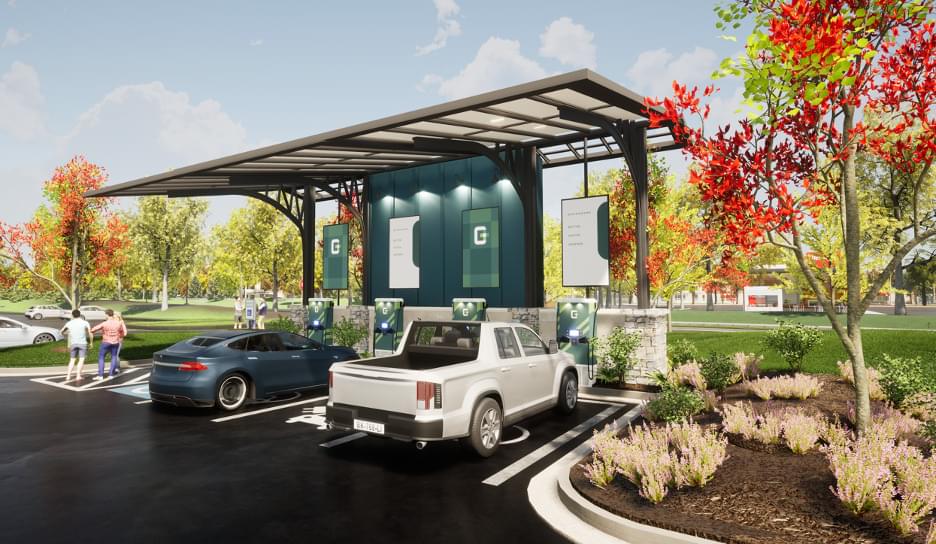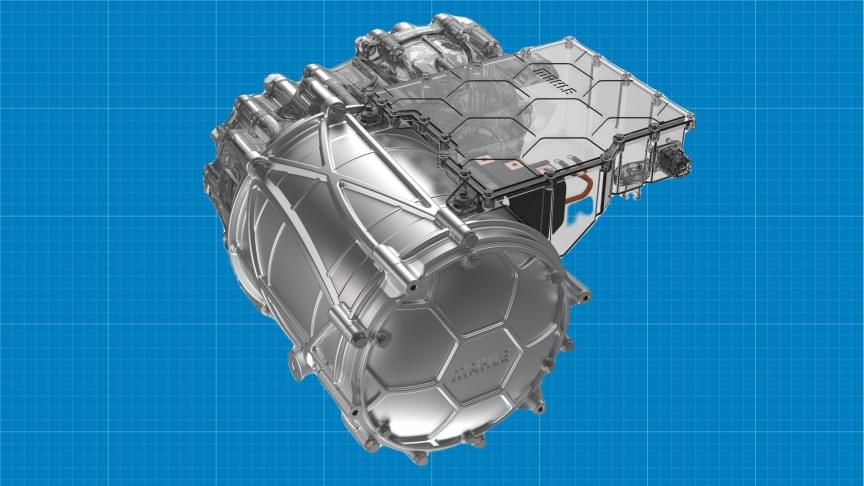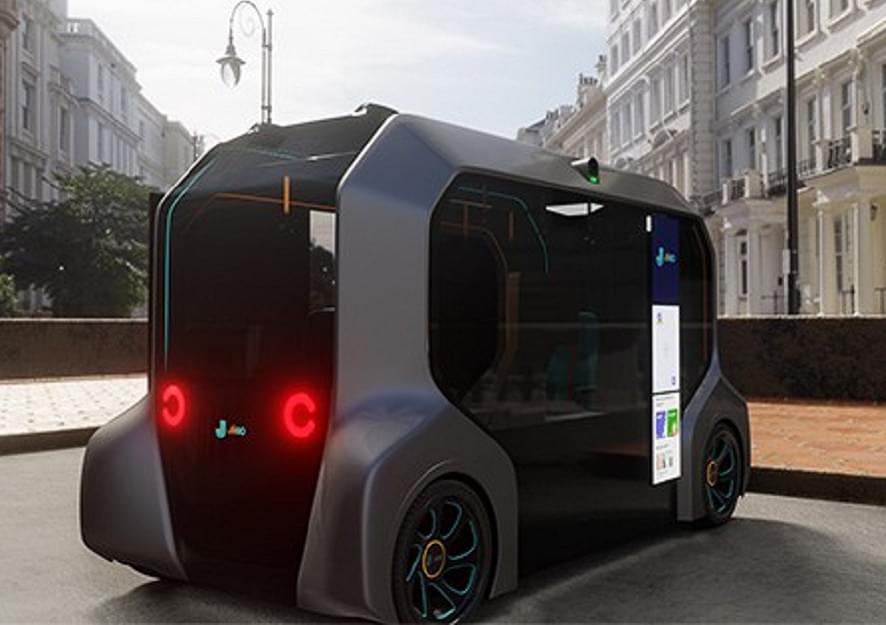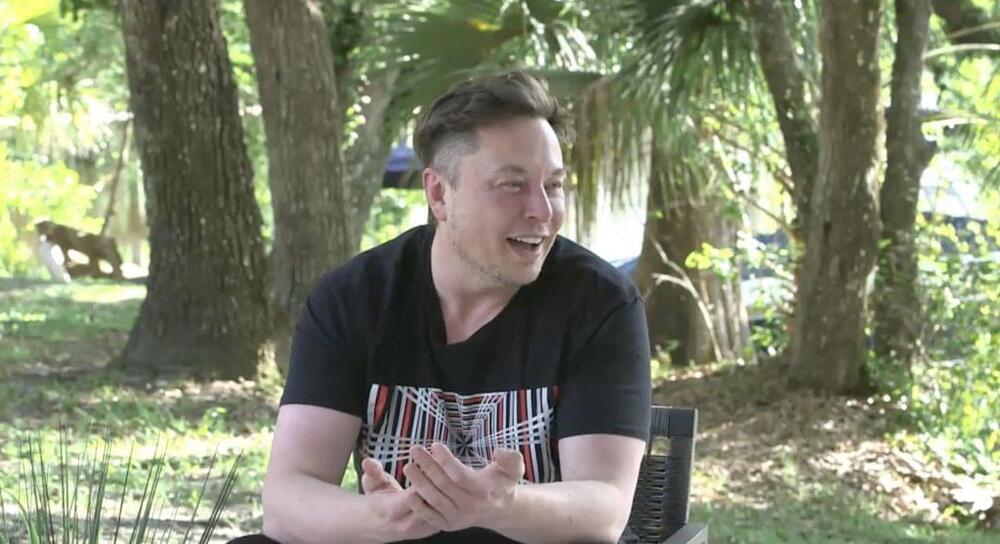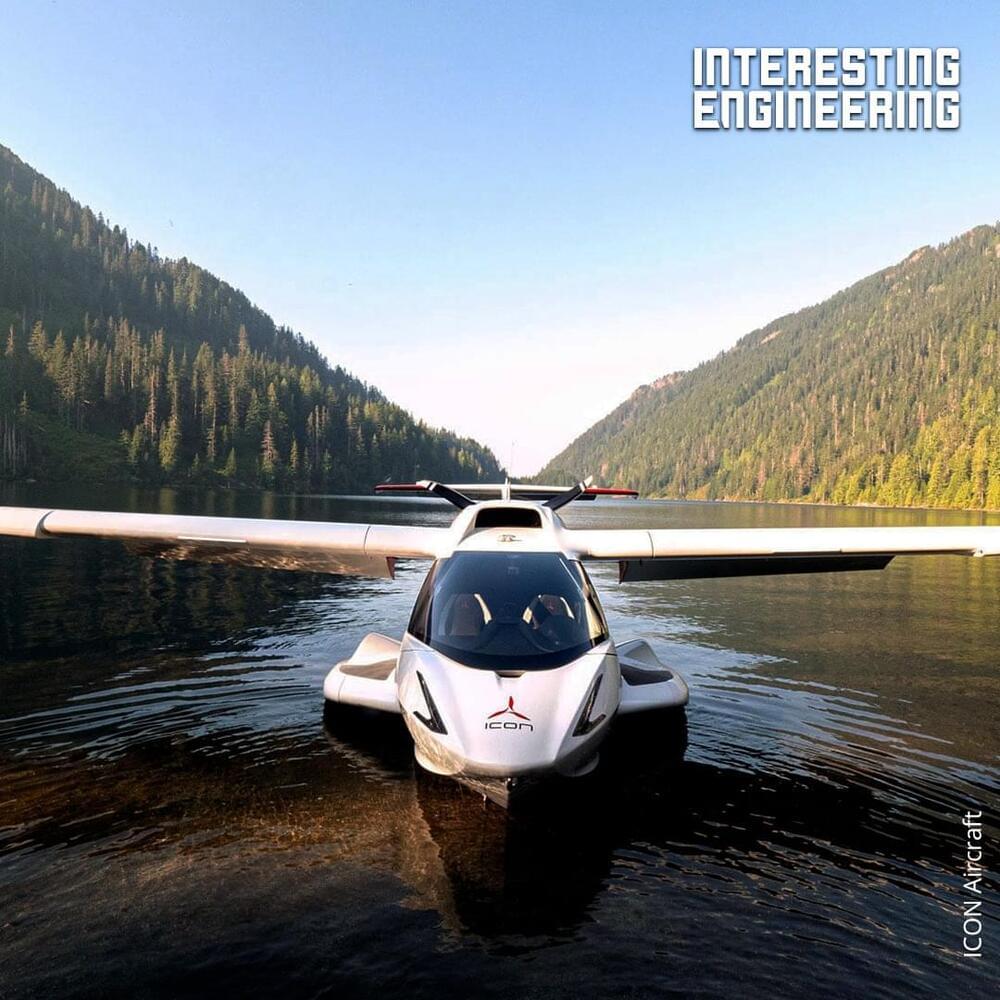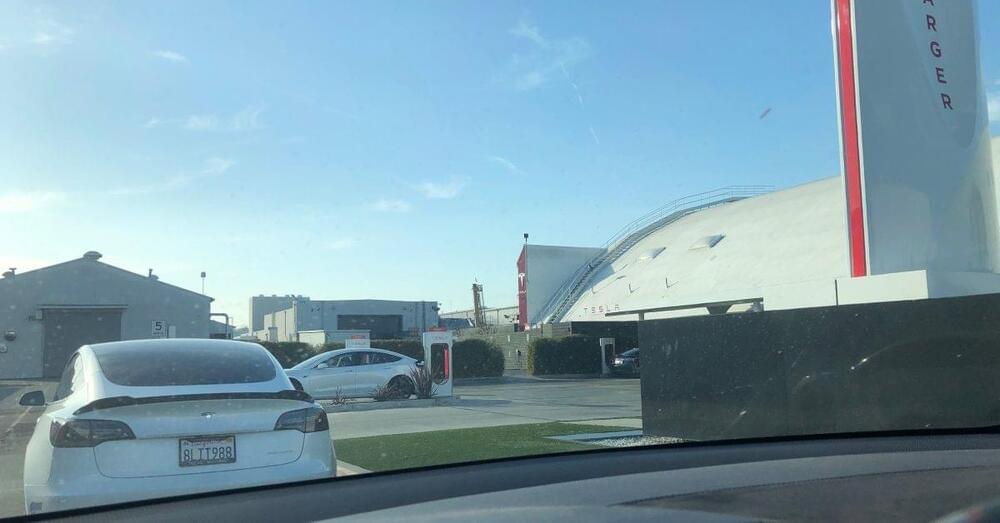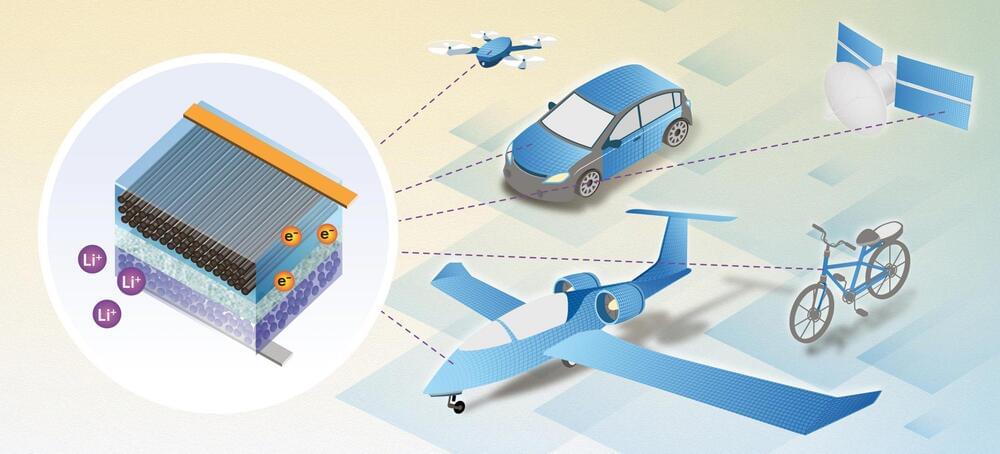Feb 17, 2022
GreenCore Partners With B&D Industries To Provide Labor For 10,000 Solar EV Charging Plazas
Posted by Genevieve Klien in categories: sustainability, transportation
GreenCore EV Services has a goal of building and operating a network of over 10,000 solar EV charging plazas throughout the United States by the end of the decade. The company’s charging plazas will serve both consumer and commercial vehicles.
To help usher in this goal, GreenCore announced that it has selected B&D Industries to provide labor and prefabrication services to build out the company’s network of solar-powered EV charging plazas.
